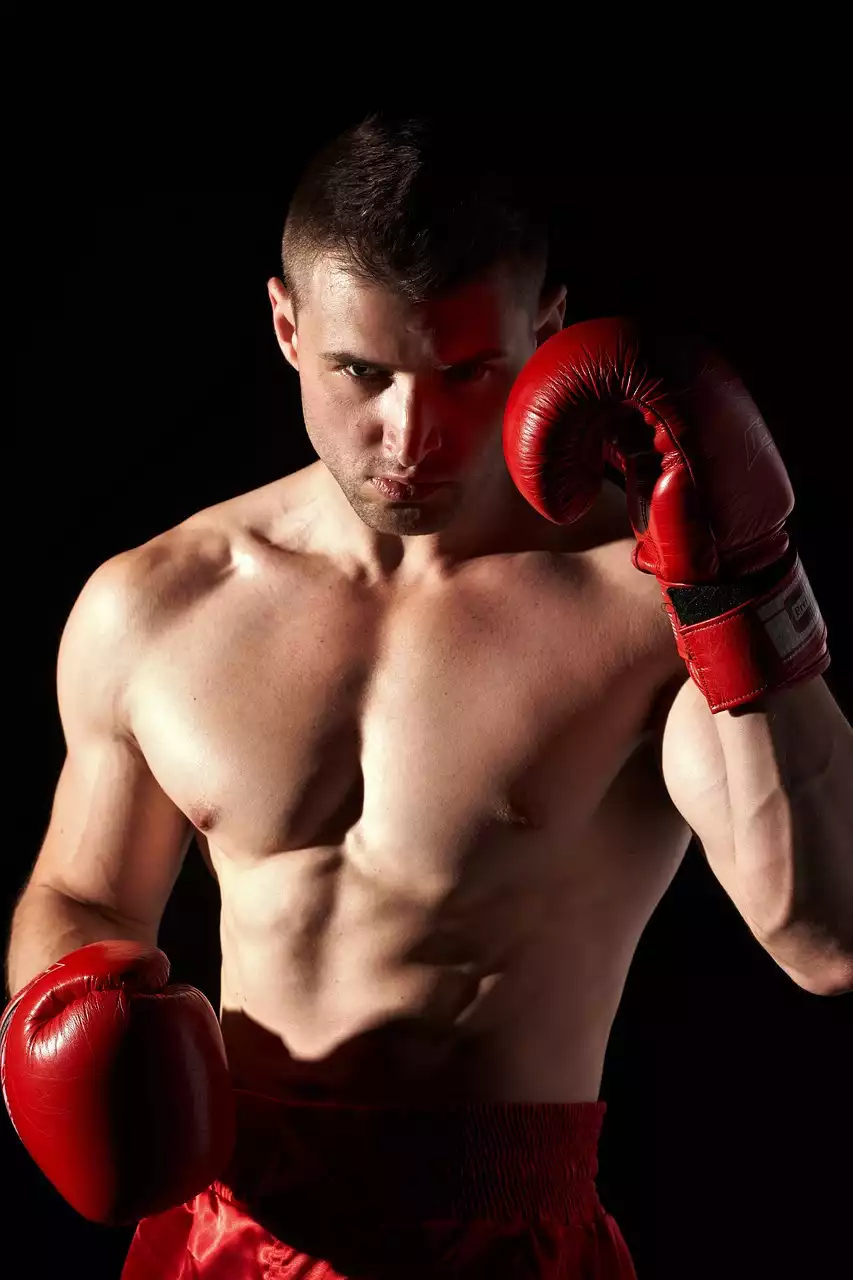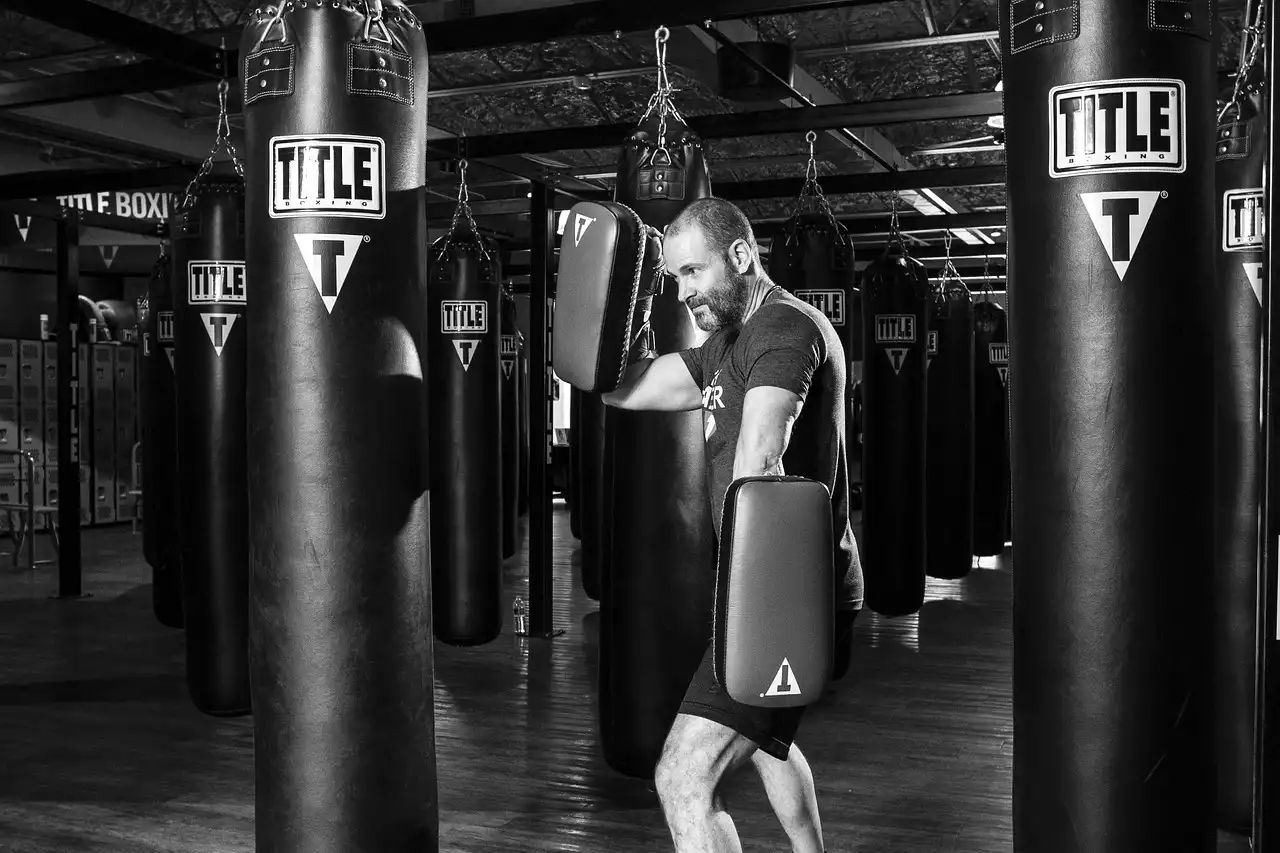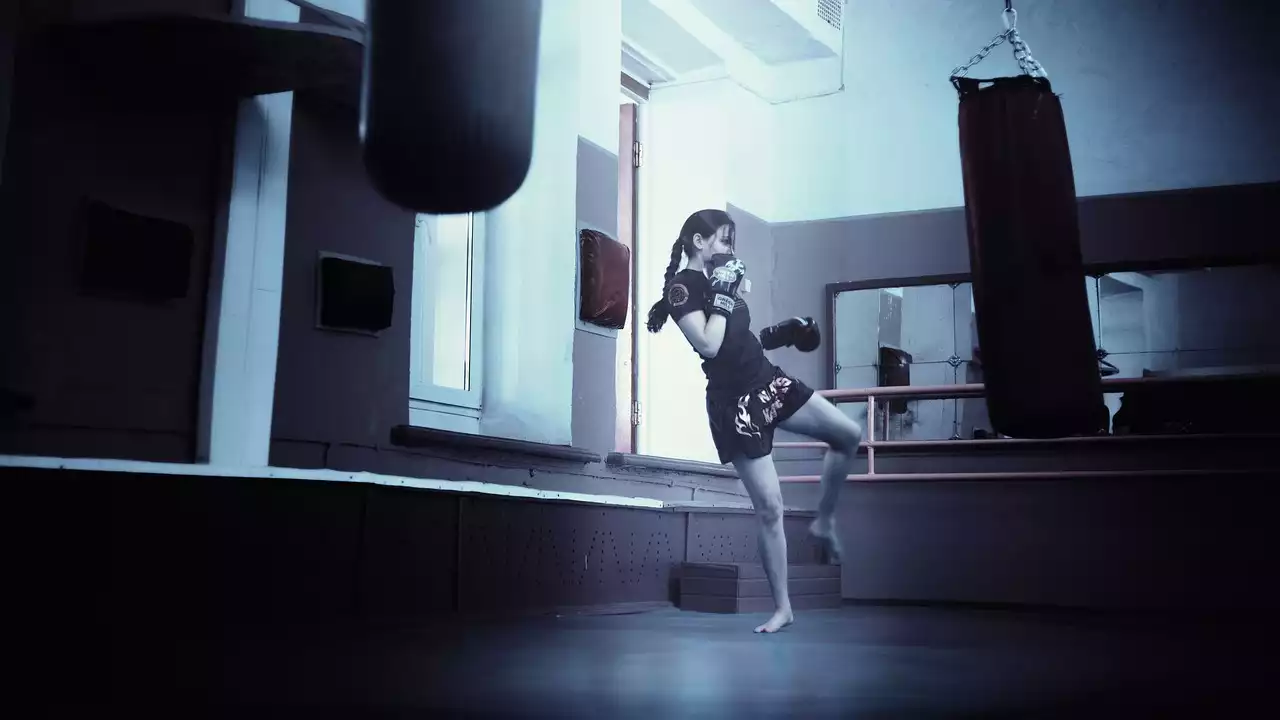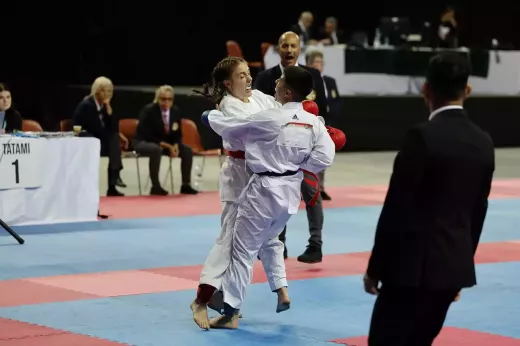The Importance of Protective Gear in Sports
Protective gear is essential for athletes of all levels to avoid injuries during sports activities. While it is impossible to eliminate the risk of injury completely, protective gear can help minimize the impact of collisions, falls, and hits. This equipment is designed to protect different parts of the body, depending on the sport you play.
Shin guards, mouthguards, and headgear are three types of protective gear that are commonly used in contact sports. These equipment are designed to protect your shins, teeth, gums, jaws, head, and ears from injuries. Without these protective gear, athletes are at a higher risk of getting injured, which can lead to serious consequences such as permanent disability or even death.
Shin Guards: What Are They and Why Are They Important?
Shin guards are a type of protective equipment that is designed to protect your shins from painful and dangerous impacts during sports such as soccer, hockey, or any other contact sport. Shin guards are made of durable materials such as plastic, foam, or metal, and are designed to absorb the impact of collisions, falls, and hits.
Different Types of Shin Guards
There are different types of shin guards available in the market, including slip-in shin guards, ankle shin guards, and shin guard socks. Slip-in shin guards are the most common type of shin guards and are designed to be worn underneath your socks. Ankle shin guards, on the other hand, provide additional protection to your ankles, while shin guard socks are designed to be worn like regular socks.
How to Choose the Right Shin Guards for You
Choosing the right shin guards can be a daunting task, especially if you're new to sports. However, there are a few things to consider when choosing the right shin guards for you. Firstly, you need to consider the type of sport you play and the level of protection you need. Secondly, you need to consider the size and fit of the shin guards. Shin guards that are too small or too big can be uncomfortable and may not provide adequate protection.
When choosing the right shin guards, it is important to try them on before purchasing them to ensure that they fit comfortably and provide adequate protection.
Mouthguards: What Are They and Why Are They Important?
Mouthguards are a type of protective equipment that is designed to protect your teeth, gums, and jaws from injuries during contact sports such as football, boxing, or martial arts. Mouthguards are made of durable materials such as plastic or silicone and are designed to absorb the impact of collisions, falls, and hits.
Different Types of Mouthguards
There are different types of mouthguards available in the market, including boil-and-bite mouthguards, custom-made mouthguards, and stock mouthguards. The boil-and-bite mouthguard is the most common type of mouthguard and is designed to be molded to fit your teeth. Custom-made mouthguards, on the other hand, are designed to fit your teeth perfectly and provide maximum protection. Stock mouthguards are pre-made and come in different sizes, but may not fit your teeth perfectly.
How to Choose the Right Mouthguard for You
Choosing the right mouthguard is essential to ensure maximum protection of your teeth, gums, and jaws. When choosing the right mouthguard, you need to consider the type of sport you play and the level of protection you need. You also need to consider the size and fit of the mouthguard. Mouthguards that are too big or too small can be uncomfortable and may not provide adequate protection.
When choosing the right mouthguard, it is important to try them on before purchasing them to ensure that they fit comfortably and provide adequate protection.
Headgear: What is it and Why is it Important?
Headgear is a type of protective equipment that is designed to protect your head and ears from concussions, cuts, and bruises during sports such as rugby, mixed martial arts, or boxing. Headgear is made of durable materials such as foam, plastic, or leather, and is designed to absorb the impact of collisions, falls, and hits.
Different Types of Headgear
There are different types of headgear available in the market, including full-face headgear, open-face headgear, and headgear with cheek protection. The full-face headgear is designed to protect your entire head and face, while the open-face headgear protects the top of your head and your ears. Headgear with cheek protection is designed to protect your cheeks from cuts and bruises.
How to Choose the Right Headgear for You
Choosing the right headgear is essential to ensure maximum protection of your head and ears. When choosing the right headgear, you need to consider the type of sport you play and the level of protection you need. You also need to consider the size and fit of the headgear. Headgear that is too big or too small can be uncomfortable and may not provide adequate protection.
When choosing the right headgear, it is important to try them on before purchasing them to ensure that they fit comfortably and provide adequate protection.
Common Misconceptions about Protective Gear
There are a few common misconceptions about protective gear that athletes should be aware of. Firstly, some athletes believe that wearing protective gear makes them weaker or less skilled. However, this is not true. Wearing protective gear does not affect your skills or strength as an athlete. Secondly, some athletes believe that protective gear is only necessary for beginners or amateurs. However, this is not true either. Protective gear is essential for athletes of all levels to avoid injuries during sports activities.









